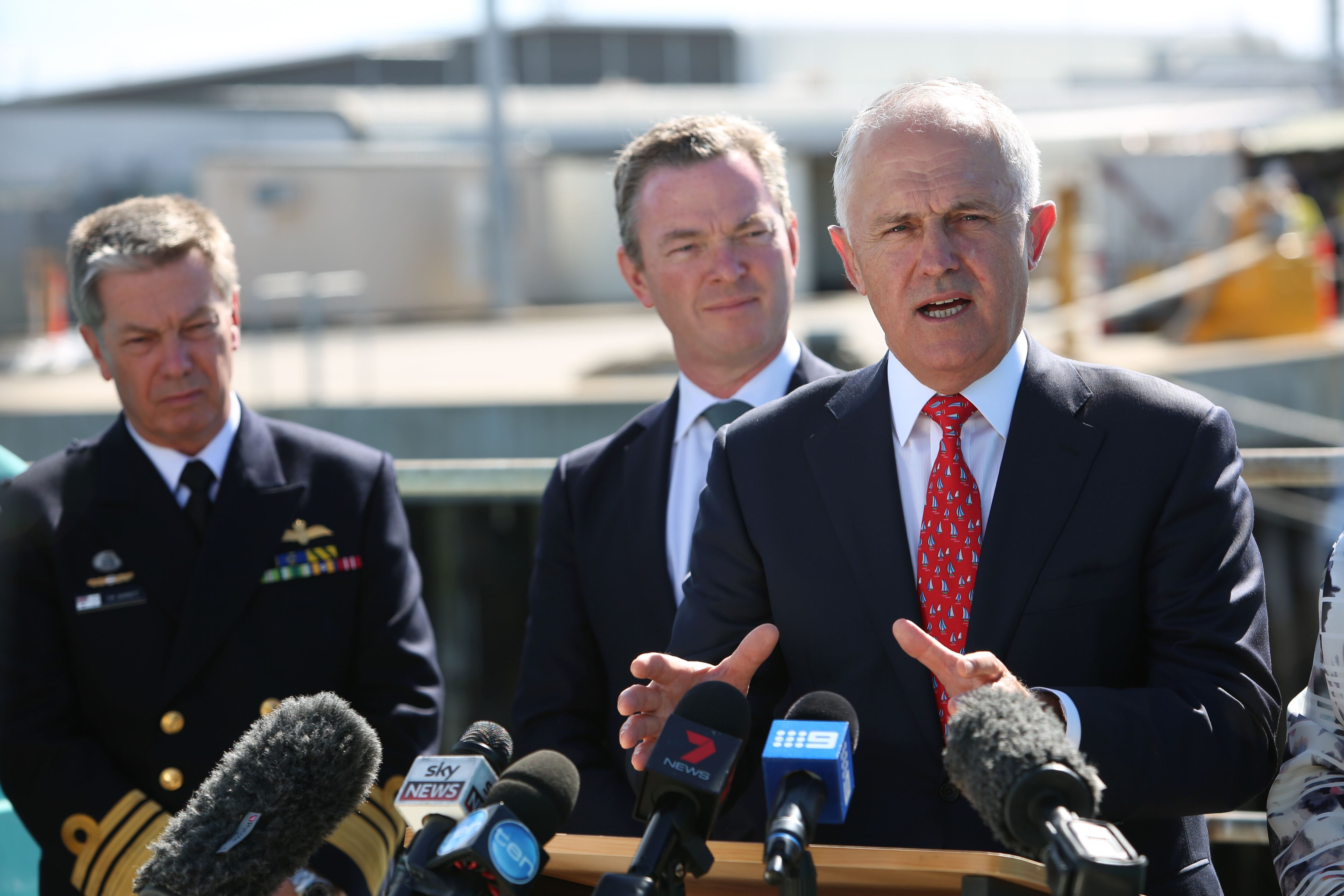WASHINGTON ― In a move that could send shock waves through the global frigate market, Australia appears poised to announce that it has selected BAE Systems’ Type 26 design for its new future frigate design.
The Wall Street Journal reported Thursday that on June 29, the Australian military will make the formal announcement that BAE has won the AU$35 billion (U.S. $26 billion) contest to build nine frigates, which are being designed with anti-submarine warfare in mind.
Under the competition guidelines, construction on the ship is scheduled to begin at the shipyards at Osborne in 2020.
The design beat out two strong challenges from ships that, unlike the Type 26, already exist.
RELATED

The move is a major blow to Fincantieri, which had been pushing its anti-submarine warfare FREMM for the requirement. The Spanish shipbuilder Navantia, which already has a major operation in Australia, was also a strong competitor for the contract with its F-100 frigate design. In 2007, Navantia was selected to build the Australian air warfare destroyer.
The competition also has implications for the Canadian frigate program, which is expected to announce a winner later this year, said Byron Callan, an defense analyst with Capital Alpha Partners.
“The win is a positive for BAE because it’s the first international order for the Type 26 and it may help position that ship type for Canada’s Surface Combatant program that should be decided in late 2018,” Callan said.
Canada has a 15-ship requirement.
The unit price for the hull is about $850 million to $1 billion, which does not include some government-furnished systems.
The U.K. has already agreed to buy eight of the Type 26 designs, with the goal of fielding them in the mid-2020s. BAE started building the first of three Type 26s it has under contract last year. The first warship is currently scheduled to enter service with the British Royal Navy in 2027 to start replacing the Type 23 fleet.
Rolls-Royce with its MT30 gas turbine engine and MBDA with the Sea Ceptor anti-air missile are among the Type 26 subcontractors who could be significant beneficiaries from the Australian order.
There has been speculation in the media that the decision to go with BAE may be driven, in part, by Australia’s desire to secure strong terms with the U.K. as it negotiates a series of new trade agreements after Britain leaves the European Union.
The announcement came just hours after the U.S. State Department announced it had cleared the sale of $185 million in parts to help Australia connect its CEAFAR 2 phased array radar system with Lockheed Martin’s Aegis combat system, with the goal of having both pieces of equipment aboard the future frigates.
Andrew Chuter from London contributed to this report.
David B. Larter was the naval warfare reporter for Defense News.
Aaron Mehta was deputy editor and senior Pentagon correspondent for Defense News, covering policy, strategy and acquisition at the highest levels of the Defense Department and its international partners.








